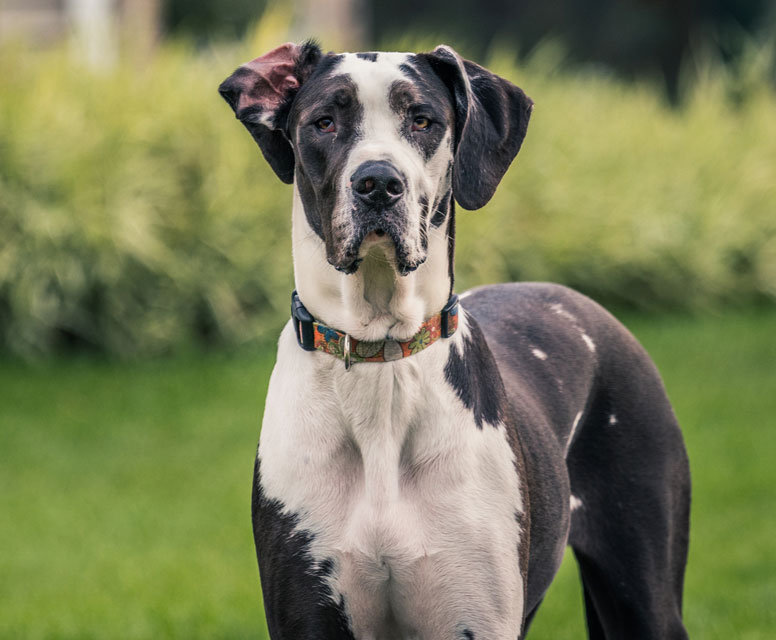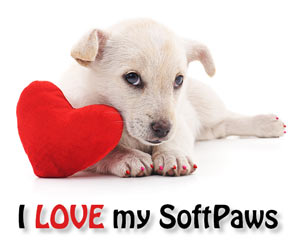Acne in Dogs

Acne is a skin condition in dogs that shows up as swollen, red bumps on the skin.
What Is Canine Acne?
Acne in dogs is folliculitis and sometimes furunculosis. Folliculitis means inflammation of the hair follicles and furunculosis is a deep bacterial infection of the hair follicle.
In dogs, acne often appears on the muzzle and abdomen, but it could be anywhere on the body.
What Causes Acne in Dogs?
It's unclear the exact mechanisms that lead to canine acne. It was once thought to be related to hormones, but now, researchers are becoming aware that genetics might be much more important in contributing to the condition than hormones.
Dog breeds that are prone to canine acne include:
- Weimaraners
- Great Danes
- Mastiffs
- Rottweilers
- German shorthaired pointers
- Boxers
- English bulldogs
Signs of Canine Acne
Signs of acne in dogs include swollen, red, raised bumps (papules) on the skin. Hair loss occurs in the areas of the bumps. Severity can range from mild to severe. In severe cases with secondary furunculosis, the spots may be oozing.
Dogs often appear to experience pain or discomfort from the acne—they may try to get away when it's touched or rub at or lick the affected areas.
When canine acne heals, especially if it was deeply infected, scars may remain on the skin from the papules.
Diagnosing Acne in Dogs
When a veterinarian is looking at a dog that could have acne, he or she must also consider other conditions that can cause red, raised, infected bumps on the skin, including:
- Dermatophytosis (ringworm)
- Demodicosis (Demodex mite infection)
- Allergic dermatitis
If the doctor suspects a deep bacterial infection, he or she may do a culture and sensitivity test. This is sent to the lab and takes a week or two, but it isolates the type of bacteria involved in the infection and gives the vet a report of which antibiotics control the infection in vitro (in the lab).
Tests like a skin scraping and a fungal culture may be done to rule out mites and ringworm.
A skin biopsy could be necessary to diagnose the condition.
Treatment for Canine Acne
Treatment of acne in dogs depends on how severe it is. In general, it's important to decrease or eliminate trauma to the area and keep it as dry as possible. This can be especially challenging when the chin and face are involved because the dog is frequently getting the area wet by drinking and drooling.
Your vet may recommend that you clean the area frequently with special shampoo containing benzoyl peroxide or that you use gel or ointment containing it. Creams and shampoo containing antibacterials may be recommended if there is an infection.
For deep bacterial infections, oral antibiotics could be required.
Oral corticosteroids are sometimes necessary to control the inflammation associated with canine acne.
You May Also Like These Articles:
Culture and Sensitivity Skin Test in Dogs
Why Is Some of My Dog's Skin Turning Black?
Disclaimer: This website is not intended to replace professional consultation, diagnosis, or treatment by a licensed veterinarian. If you require any veterinary related advice, contact your veterinarian promptly. Information at DogHealth.com is exclusively of a general reference nature. Do not disregard veterinary advice or delay treatment as a result of accessing information at this site. Just Answer is an external service not affiliated with DogHealth.com.


